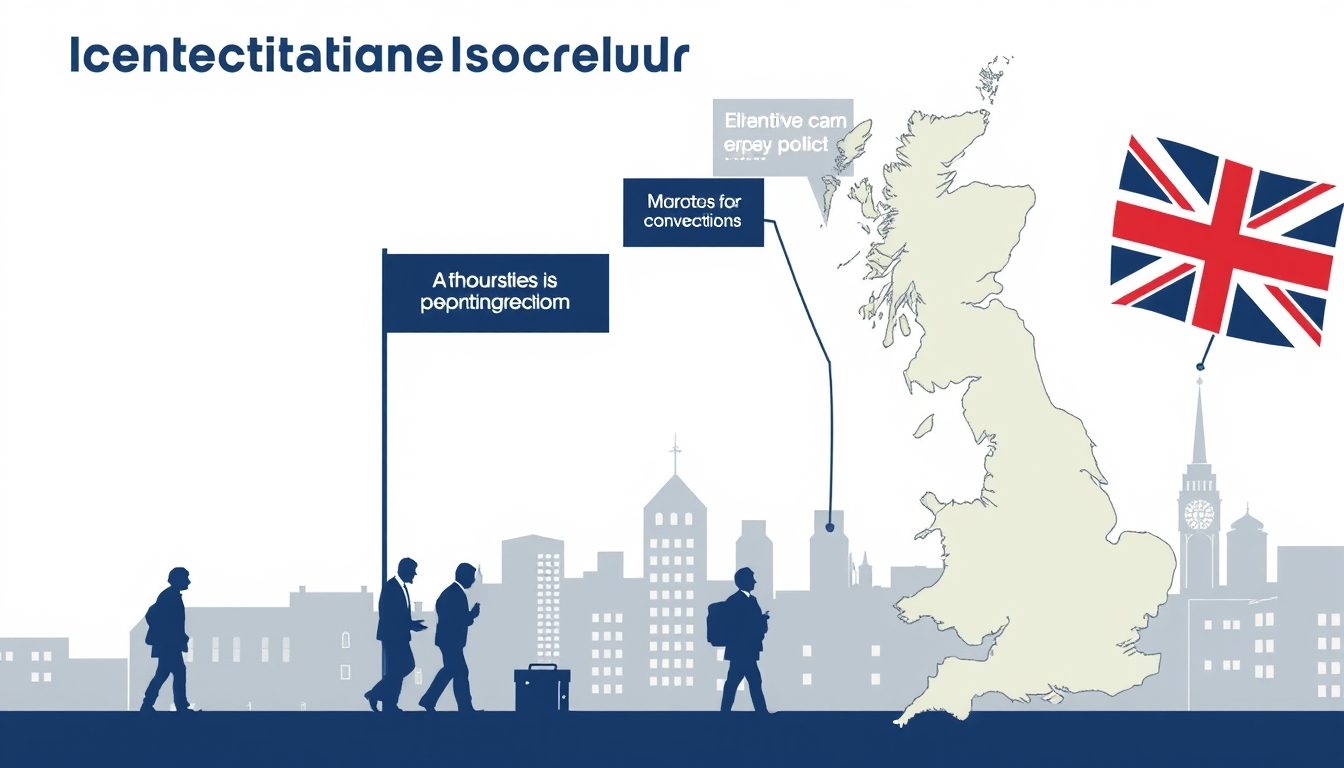Aluminum cable has garnered interest in the electrical and utility industries due to specific qualities that, in certain scenarios, make it preferable to copper, despite copper’s well-known superior conductivity. This choice is not straightforward; it involves a careful analysis of material properties, environmental conditions, and cost-benefit trade-offs. To understand why aluminum is sometimes the material of choice, we’ll explore aspects such as the weight, flexibility, installation nuances, thermal behavior, mechanical considerations, and cost effectiveness of aluminum cables. We’ll also look into how aluminum is utilized in various applications and how it’s engineered to overcome its inherent limitations when compared to copper.
1. Conductivity vs. Cross-Sectional Area
While copper’s electrical conductivity is about 40% higher than that of aluminum, it’s essential to consider how this translates into practical cable design. Aluminum compensates for its lower conductivity by using a larger cross-sectional area, allowing it to carry a comparable current to copper without excessive resistance. Although this increase in cross-sectional area may initially seem like a disadvantage, it actually enables aluminum cables to deliver similar performance in power transmission while weighing significantly less.
Understanding Ampacity and Resistance
Ampacity, or current-carrying capacity, is a function of both material conductivity and cable size. In applications where larger cable diameters can be accommodated, aluminum becomes feasible for transmitting high currents with relatively low resistance. Although copper has superior conductivity, aluminum’s lightweight nature often means it can achieve similar ampacity as copper with a slightly larger diameter but lower installation costs.
2. Weight and Structural Considerations
Aluminum is about a third of the weight of copper, making it a more practical choice for large-scale projects where cable weight is a major concern, such as in high-voltage power lines, long-distance transmissions, and aerospace applications. Lighter cables reduce the need for heavy support structures, lowering both material and labor costs. For overhead power lines, the reduced weight allows for longer spans between poles and towers, creating savings in infrastructure.
Installation Implications
The lightweight characteristic of aluminum is especially valuable in installations where ease of handling and maneuverability are prioritized. In high-rise buildings or extensive cable runs, aluminum’s lower weight reduces strain on the system, including joints, clamps, and connectors, which contributes to overall system stability and longevity.
3. Thermal Expansion and Contraction
A critical aspect of choosing between copper and aluminum is the thermal behavior of each metal. Aluminum expands and contracts more than copper in response to temperature fluctuations, which can affect connections if not properly managed. However, advancements in connector technology, such as specially designed compression connectors and joint compounds, mitigate the potential risks associated with thermal expansion.
Impact on Connection Integrity
When aluminum is used in cabling, it’s essential to use connectors and terminal lugs specifically designed to accommodate its expansion properties. With appropriate components and installation techniques, thermal cycling (expansion and contraction due to temperature changes) can be effectively managed to ensure long-lasting, reliable connections.
4. Corrosion Resistance and Oxidation
Aluminum forms an oxide layer when exposed to air, which, unlike copper oxide, is non-conductive. This layer acts as a protective barrier that prevents further corrosion, but it can also introduce contact resistance if the oxide layer interferes with electrical connections. In humid or coastal environments, aluminum’s natural oxidation resistance makes it preferable to copper, which is susceptible to green patina corrosion.
Mitigating Oxidation Challenges
Engineers combat the risk of oxidation by applying antioxidant compounds to aluminum connectors and using high-grade aluminum alloys that resist corrosion in aggressive environments. Properly designed aluminum cabling systems, with sealed joints and anti-corrosive treatments, can provide reliable performance even in conditions that would quickly degrade copper.
5. Cost and Availability Factors
Cost is one of the primary drivers behind aluminum’s adoption in cabling, especially for large-scale installations. Aluminum is generally less expensive and more readily available than copper, making it an attractive option for budget-conscious projects. The cost savings can be significant for utility companies that require vast quantities of cable, as well as for contractors working on high-budget infrastructure projects.
Global Demand and Economic Impact
The cost-effectiveness of aluminum cabling enables widespread deployment in applications such as residential wiring, commercial buildings, and power distribution grids. Aluminum’s availability and lower cost make it a strategic choice for emerging markets or regions where copper is prohibitively expensive or scarce. By choosing aluminum, companies can allocate funds to other critical aspects of the project, enhancing overall project feasibility and scalability.
6. Compatibility with Modern Applications
Aluminum cabling has found a niche in several modern applications where copper would be impractical or overly costly. For example, aluminum cables are frequently used in automotive and aerospace industries, where weight savings are critical to performance and fuel efficiency. Additionally, in renewable energy projects, such as solar and wind farms, aluminum cabling is often used for transmitting electricity over long distances, as it minimizes both weight and infrastructure costs.
Optimizing System Design with Aluminum
Industries are increasingly designing electrical systems to capitalize on aluminum’s strengths. By engineering systems to accommodate aluminum’s properties, these applications can achieve reliable performance without the expense or logistical challenges associated with copper cabling.
7. Innovative Solutions in Aluminum Alloy Technology
Over the years, research has led to the development of aluminum alloys that offer improved conductivity, tensile strength, and corrosion resistance. These alloys make aluminum more versatile and durable, addressing some of the initial drawbacks and allowing for high-performance cables suited for various environments.
Future Potential of Aluminum Cabling
As technology advances, aluminum alloys may become even more competitive with copper, offering further performance improvements without sacrificing cost efficiency. Future developments could see aluminum becoming a material of choice in an even wider array of electrical applications, particularly as sustainability concerns push industries to seek out lighter, more cost-effective materials.
8. Environmental and Sustainability Considerations
Aluminum is relatively easy to recycle, making it a more environmentally friendly choice for projects aiming to minimize waste and reduce the carbon footprint. The lightweight nature of aluminum also reduces the energy required for transport and installation, adding to its sustainability appeal.
Lifecycle Environmental Impact
Compared to copper, aluminum has a smaller carbon footprint in both mining and manufacturing stages. This aligns with industry trends toward sustainability, particularly in sectors like renewable energy, where aluminum’s lower environmental impact contributes to the overall eco-friendly objectives of the projects.
9. Challenges and Maintenance Needs
While aluminum cabling offers many advantages, it requires specific installation techniques and maintenance to ensure reliable performance. Installers must be trained in handling aluminum to prevent connection issues and thermal expansion problems. Regular maintenance, such as torque checks and inspections for signs of oxidation, is essential to maintain the integrity of aluminum connections over time.
Training and Standards Compliance
Industry standards and regulations provide guidelines on aluminum cable installation and maintenance, helping to ensure consistent and safe practices. Technicians working with aluminum must understand the unique challenges posed by the material to prevent issues like loose connections or overheating. By adhering to these standards, companies can maintain safe and efficient aluminum cabling systems over long periods.
Final Thoughts
The preference for aluminum in certain cabling applications comes down to a balance of trade-offs. While aluminum’s lower conductivity might appear as a disadvantage at first glance, its lightweight structure, cost savings, adaptability to modern applications, and improved alloy technologies make it a highly viable choice. Aluminum cabling has a unique set of characteristics that make it suitable for specific environments, especially in cases where weight, cost, or large-scale infrastructure is a primary consideration. Understanding these properties allows engineers, electricians, and industry professionals to make informed decisions about the most appropriate materials for their electrical systems, optimizing for performance, cost-efficiency, and longevity.














